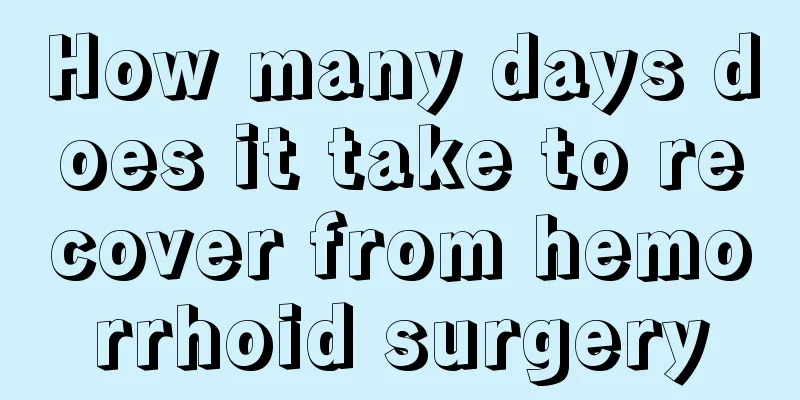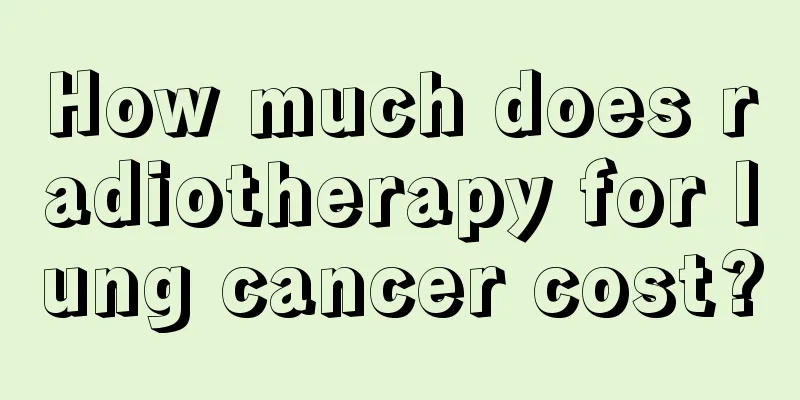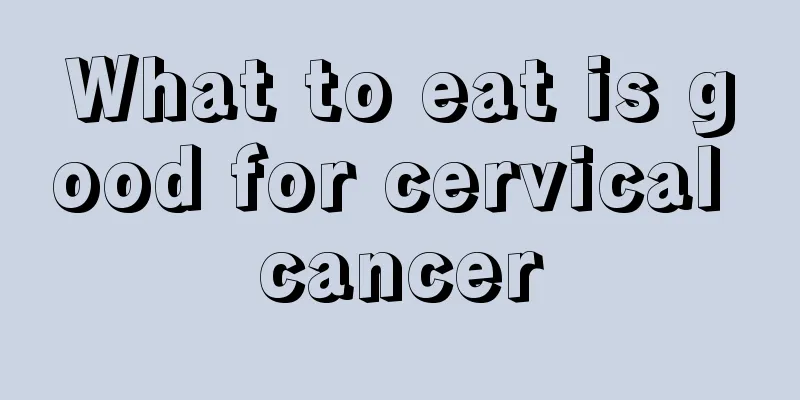Can pathological jaundice be cured?

|
Neonatal jaundice is a common disease. Many new parents will become anxious and panic when they find that their children have jaundice. Don’t worry, let’s listen to what the experts say. Jaundice can be divided into physiological and pathological jaundice. Pathological jaundice is relatively difficult to cure. Pathological jaundice requires medical intervention to be cured, so how long will it take for pathological jaundice to subside? 1. Several types of pathological jaundice in newborns 1. Hemolytic jaundice 2. Infectious jaundice 3. Obstructive jaundice 4. Breast milk jaundice 2. Treatment Methods 1. Phototherapy It is suitable for any indirect bilirubinemia, with bilirubin >205μmol/L, using blue light (cold light source) with a wavelength of 420-460mm, and can be continuously or indirectly irradiated for 24-48 hours, but the maximum cumulative exposure cannot exceed 72 hours. 2. Use tin mesoporphyrin for treatment, its code name is (SnMP). It is currently the only heme analog approved by the U.S. Food and Drug Administration (FDA) for clinical use. Usage: A small dose injection of SnMP 3-5 μmol/kg can last for about 7-10 days, and this period is exactly the peak period of neonatal hyperbilirubinemia. Therefore, SnMP injection can be used during this period to prevent the occurrence of neonatal hyperbilirubinemia. No serious early or late adverse reactions have been found in newborns treated with SnMP for 5 years. 3. Blood transfusion Suitable for hemolytic jaundice. It is an important measure to save lives when children suffer from severe hemolysis. Blood exchange can replace sensitized red blood cells and immune antibodies in the serum, preventing further hemolysis; lowering bilirubin and preventing kernicterus; correcting anemia caused by hemolysis and preventing hypoxia and heart failure. With the widespread use of phototherapy, exchange transfusions have been greatly reduced. Because pathological jaundice is generally more persistent, jaundice may persist or even worsen 2-3 weeks after birth, or it may be alleviated and then deepened. Because the causes are different, how long it will take to subside depends on the progress of treatment. Generally, it takes at least a week to recover. |
<<: What are right brain memory methods?
>>: What are the main effects of blood therapy?
Recommend
What should I do if mangosteen juice gets on my clothes?
I believe many people have eaten mangosteen. Mang...
How can I remove stains from my teeth?
Teeth are very important and can help people chew...
Symptoms of early and middle stages of breast cancer
The early and mid-stage symptoms of breast cancer...
Can I eat chopped green onions during confinement?
Everyone usually has green onions prepared at hom...
How to correct calf curvature
Calf curvature can generally be improved by weari...
What is the difference between a chest X-ray and a chest radiograph
When people have adverse reactions such as persis...
Signs of late-stage breast cancer before death
Breast cancer metastasis occurs in internal organ...
How to stretch your shoulders after exercise
When people exercise, their muscles will be train...
How long can you live with lupus
Systemic lupus is a common disease, and it is ext...
What does general internal medicine look at
Regular hospitals will arrange corresponding depa...
What to eat to inhibit cervical cancer cells
We all know that cervical cancer is preventable. ...
What are the early symptoms of uterine cancer?
What are the early symptoms of uterine cancer? Ut...
Symptoms of back myofasciitis can cause numbness
The back also has nerves, and there is a high pos...
How to check and treat nasopharyngeal carcinoma
What are the treatment and examination methods fo...
How to detect colorectal cancer early
Some people find themselves suffering from colore...









